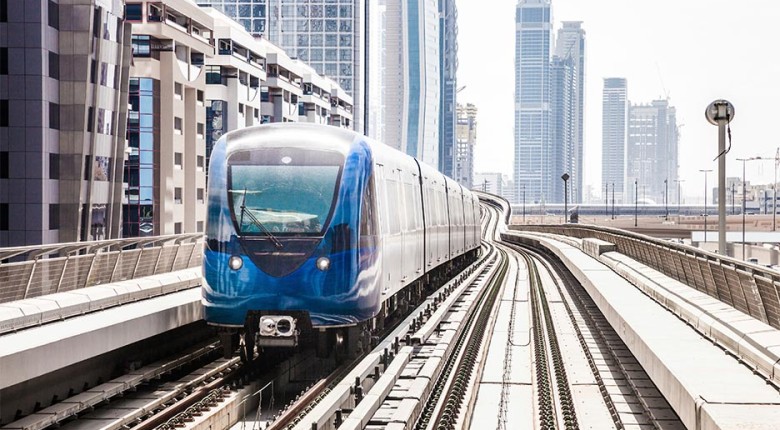916 results found
Featured results



More results
The Indonesian Government aims to expand its geothermal energy sector to reduce greenhouse gas emissions. The Green Climate Fund (GCF) and Clean Technology Fund (CTF) are offering USD127.5m in financing, consisting of a senior concessional loan for public sector projects, a reimbursable grant for private sector projects, and a grant for technical assistance. World Bank will also provide USD100 million loan to scale up investments in geothermal energy in Indonesia.
This is a new framework for road safety aims to halve the number of fatalities on CAREC road corridors by 2030 (compared to 2010).

Regional navigation and information system enabling remote monitoring of location and condition of vehicles (e.g. school buses and ambulances) and quickly respond to unforeseen events or violations of the route schedule.
Don't miss out on the final event for InfraChallenge, our global innovation competition aiming to accelerate the infrastructure industry
This event will focus on fostering an enabling environment for optimizing pooled investment vehicles in attracting private financing for climate and infrastructure projects, highlighting successful models and best practices.
The GI Hub collaborated with eight multilateral development banks on a systematic approach to scaling up technology solutions for sustainable roads.
The carbon finance market is evolving rapidly but is fragmented and complex. With project and political risks affecting the private sector’s willingness to enter new carbon markets, what can governments of developing countries do to scale up participation?
This publication assesses the current situation of gender equality and social inclusion in Nepal's agriculture and livestock sector and identifies the barriers faced by women, the poor and excluded groups in accessing agriculture services.

As part of its leading practices mandate, the GI Hub is developing a set of annotated risk allocation matrices for PPP transactions, in a variety of sectors.
Combination of sensors and machine learning to predict timelines and modes of failure for physical and mechanical assets such as pipes, pumps, and motors.
The use of sensors and robotics technology to enable preventive and predictive maintenance of bridges.
Pedestrian and weather sensors installed at road intersections to adapt traffic light operation to match real time demand and safety requirements.
Advanced traffic management systems improve the performance of road services through the use of sensors, GPS, smart cameras, and weather information systems.
Remote sensors, UAVs and satellite technologies to monitor water bodies for algal blooms and provide early warnings of potential health risks to the general public.
Combination of sensors and AI to increase sewer capacity and reduce the frequency and magnitude of sewer overflows, especially during high rainfall events.

Regional private investment in infrastructure has seen divergent trends in the post-COVID era, with Western Europe and North America emerging as the two strongest performers, followed by Latin America. Meanwhile Asia, while maintaining relatively stable investment as a share of regional GDP, has experienced the sharpest decline in its share of global private investment in infrastructure, as Western Europe and North America expand their shares. Other regions have seen weaker investment in the post-COVID era (Africa, Oceania, Middle East), or remained stagnant (Eastern Europe).



Regulatory capital frameworks require banks and insurers to put aside more capital for infrastructure investments than is warranted by their historical credit performance


Singapore has implemented practices that increase the transparency and fairness of public procurement, which help drive investment activity in infrastructure projects

Increasingly, infrastructure leaders, investors and developers are recognising the need to not only increase the quantity of infrastructure investment globally to drive economic growth, but also the quality of infrastructure investment, to ensure that that growth and development is inclusive and sustainable.





 InfraChallenge
InfraChallenge













